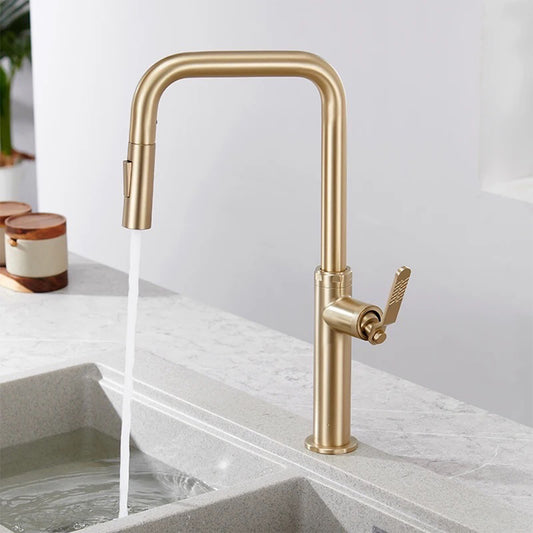Troubleshooting Water Backup in Your Kitchen Sink: Causes and Solutions
Table of Content:
-
Introduction
-
Understanding Kitchen Sink Blockages
-
Other Potential Culprits
-
How to Identify and Resolve the Blockage
-
When to seek Professional Help
Introduction
Your kitchen sink is an essential part of your daily routine, facilitating tasks from dishwashing to meal preparation.
So, when you notice water backing up through the plug hole instead of smoothly draining away, it's a cause for concern.
This unexpected issue is a clear sign of a problem in your drainage system, most likely a stubborn blockage.
In this comprehensive blog, we'll delve into the common causes of water backing up into your kitchen sink and provide practical solutions to help you troubleshoot and resolve the problem.
Understanding Kitchen Sink Blockages
Blockages in the drainage system of kitchen sinks are relatively common occurrences. The kitchen sink, more than any other sink in your home, is susceptible to blockages due to the substantial debris released into the water during daily use. From food scraps to grease and soap residue, these elements can accumulate in the plumbing and cause disruptions.

Other Potential Culprits
While kitchen sink blockages are a common cause of water backup, it's essential to consider other factors that could lead to this issue:
- Appliance Drainage: Water from appliances like the washing machine, dishwasher, or even the toilet could be the source of the backup. In homes with complex plumbing systems where multiple fixtures share the same pipe – as is often the case in the kitchen, it might be that the blockage is coming from a different pipe, but backing up into your sink.
- Plumbing Vent Issues: A clogged plumbing vent pipe can disrupt the proper air pressure in your plumbing system, leading to slow drainage in sinks, showers, and tubs. This pressure imbalance may cause water to back up into your kitchen sink.
How to Identify and Resolve the Blockage
When you encounter water backing up into your kitchen sink, your priority should be locating and unclogging the affected area. Here are steps to help you identify and resolve the blockage:
- Check Other Fixtures: Begin by inspecting other fixtures in your home, such as sinks and showers. If you notice water backup in these areas as well, it's likely that the blockage is in a shared pipe. This information can help narrow down the source of the problem.
- Use a Plunger: If you suspect a blockage, especially in the kitchen sink, a plunger can be a handy tool. Fill the sink with water and use the plunger to force the blockage free. Ensure the overflow pipe and plug are closed before plunging.
- Consider Early Intervention: Dealing with blockages promptly is crucial. If you can identify the blockage early and resolve it with DIY methods, you can prevent more extensive issues. However, if you're unsure about the location or severity of the blockage, it's advisable to call a professional plumber.

When to Seek Professional Help
While many blockages can be resolved with DIY methods, some may require the expertise of a professional plumber. If your efforts don't produce results or you suspect a more complex issue, it's time to contact experienced professionals.
Don't let water backup disrupt your daily life. Follow our troubleshooting tips and DIY solutions to keep your kitchen sink and plumbing system running smoothly.
Explore our other related blog posts :


















![Stainless Steel Gold Pull Out Kitchen Tap Tapron Gold Pull Out Kitchen Tap with Dual Spray [TABB101]](http://tapron.co.uk/cdn/shop/products/Tapron-Brushed-Stainless-Steel-Kitchen-Tap-with-Pull-Out-Spray-Brushed-Brass-Finish-LS_533x.jpg?v=1627033460)





















